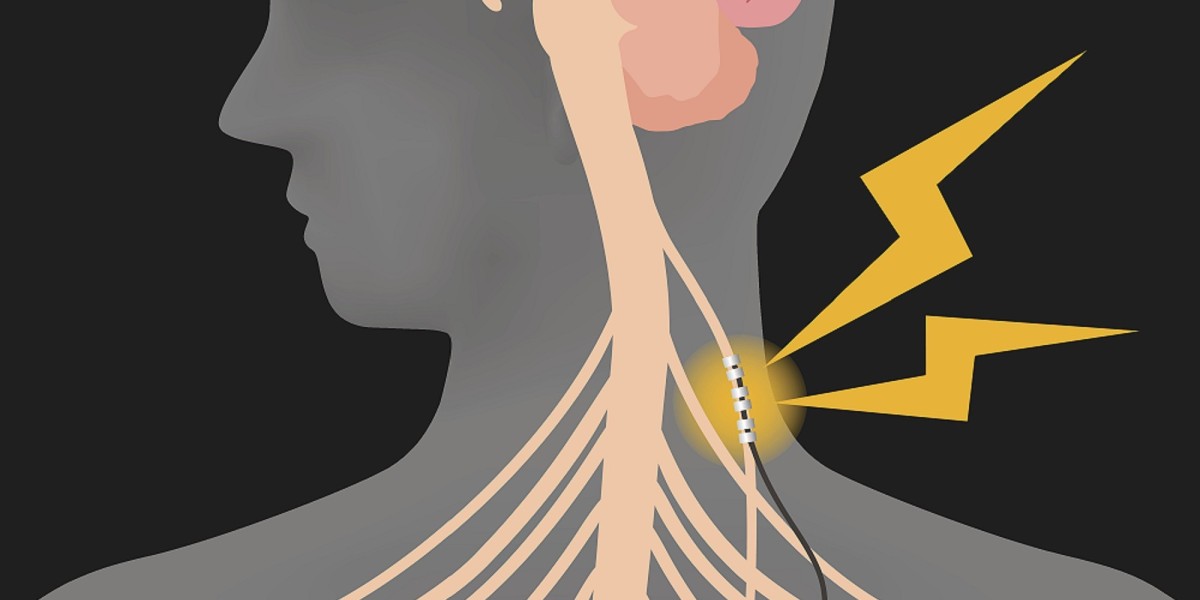How Does It Work?
SNS works by delivering mild electrical pulses to the sacral nerves via one or more thin, insulated leads placed near the nerves. The leads are connected to a small implantable medical device similar to a pacemaker that is placed in the lower back, buttocks, or abdomen. The device delivers imperceptible pulses to the nerves that help improve bladder or bowel control. Patients can use a handheld remote control to turn the device on as needed or to adjust stimulation levels.
Testing for Candidacy
Before undergoing implantation surgery, patients typically go through testing to determine if they are a candidate for Global Sacral Nerve Stimulation. This involves a trial screening stage where temporary external leads are placed near the sacral nerves to test response over a 1-2 week period. Patients keep a diary to record symptoms and responses noticed with stimulation on vs off. If a significant improvement is seen, they are considered a candidate for permanent implantation.
Surgical Implantation Process
For patients who respond well to the screening trial, the next step is a minor outpatient surgery to permanently implant the device and leads. Under local anesthesia or light general anesthesia, small incisions are made in the lower back or buttocks area. The thin lead wires are tunneled under the skin and positioned near the sacral nerves. The generator device is placed in a pocket under the skin near one of the incision sites. Programming and adjustments are made as needed post-operatively.
Effectiveness for Urinary Incontinence
Sacral nerve stimulation has been shown to benefit approximately 80% of patients with urge urinary incontinence that has not responded well to more conservative treatments like pelvic floor muscle training, lifestyle changes, or medication. It can help restore normal bladder capacity and control the urgent need to urinate. For many, symptoms are significantly reduced or even resolved completely. Success rates tend to be higher in patients with idiopathic incontinence rather than neurological causes.
Effectiveness for Fecal Incontinence
For fecal incontinence, SNS has been found to improve symptoms in approximately 70-80% of individuals. It works by calming anal sphincter muscles and coordinating contractions to control bowel movements. SNS may allow flatus or stool to be retained long enough to safely reach a toilet. Similar to urinary applications, it is usually recommended for cases that have not responded satisfactorily to dietary changes, bulking agents, biofeedback, or other first-line treatments. As with bladder applications, neurological causes of incontinence tend to have lower response rates than idiopathic cases.
Long-Term Usage and Device Lifespan
Once implanted, SNS systems are designed to provide symptom relief for many years with proper care and maintenance. Generators typically need replacing every 5-7 years on average as their internal battery runs out. Leads may last even longer with replacement needed less frequently. Long-term follow-up data indicates that 50-75% of initial responders maintain their symptomatic improvements at the 5-year mark with ongoing system usage. Proper hygiene of the implanted area is important to prevent infection. Periodic programming or level adjustments may be required as tolerance to stimulation can occur over time in some individuals. Overall, SNS has proven effective and durable for select patients contending with bothersome urinary or fecal incontinence that fails to improve otherwise.
Get more insights on Global Sacral Nerve Stimulation








